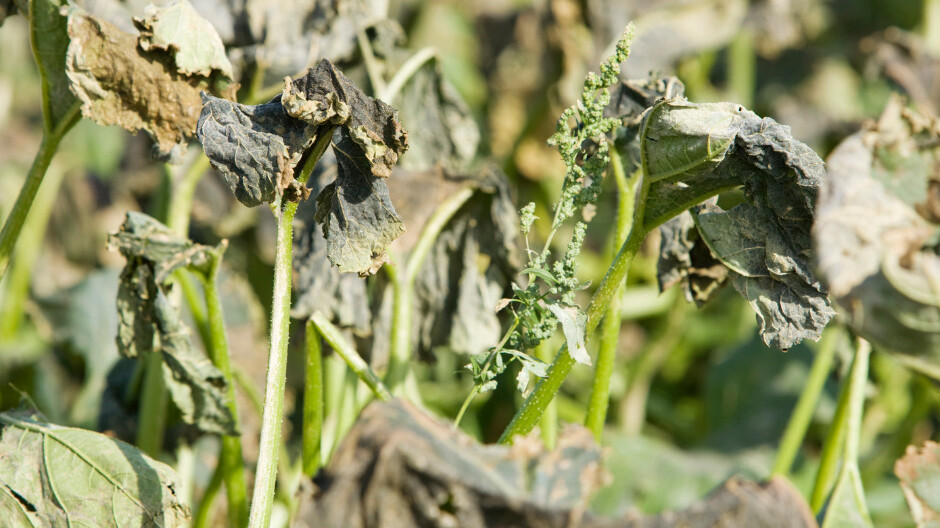Australia is the driest inhabited continent on Earth and despite the fact that we are surrounded by water, there is precious little of the stuff to splash around, especially in the garden. Loads of places are already under some fairly serious water restrictions, many of which impact on the way we water our gardens, and it is unlikely that this will change in the near future. Even if your part of Australia is not affected by water restrictions at the moment, we all need to water smarter, for the good of the planet. By following the points below, you should be able to continue growing gorgeous gardens despite limited water resources.
1. Water where it’s needed – the roots!
Watering the leaves of plants is a water wasting exercise. All this will do is encourage fungi and mildews, so it’s definitely best avoided! Plants take up water through their roots, so direct the water there, using a large droplet trigger nozzle, watering can, bucket or, better still, a subsurface irrigation system.
Now, before you panic, throw your hands up in the air and declare an irrigation system ‘too hard’, let us assure you that it is not nearly as complex as it sounds, and it will end up reducing your water usage significantly. In fact, some studies have shown that by using an appropriate drip system instead of a sprinkler or hose, gardeners can save reduce the amount of water used in their garden by up to 75%. That’s an astonishing saving, and the planet (and your water bill) will be grateful for!
So, how do we do it? Well, these types of systems, using either a pre-fabricated dripline, drippers or porous “weeping” hose are generally best installed before the garden is planted out, although they can be laid in an existing garden (just be careful not to tread on your precious plants or disturb shallow roots). To install, check out our handy tips in the factsheet Sub-surface Irrigation Systems.
After installing, check to see that the system is working, and, if all is well, cover the drip line lightly with soil and then mulch. A mate of mine tells his clients to top up their mulch when they can see the dripline, and I reckon this is a pretty good plan, as the time it takes your mulch to break down will vary depending on the type of mulch used, and the situation. I tend to do a fairly thorough check of my dripline system before I replenish my mulch early each summer, just to ensure everything is working as it should be.

Add a timer to take the guesswork out of watering, but remember to turn off the system when it’s raining. Better still, add a soil moisture sensor to the irrigation system to completely eliminate unnecessary watering! Couldn’t be easier, and while it may seem a bit of work to set up, the time, money and water savings make it well worthwhile. Don’t be a drip, install a sustainable subsurface irrigation system!
2. Water in the morning
The earlier in the day you water your plants, the happier they will be. A morning drink allows the plants to take up water before the day heats up. It minimises the devastating effect of the hot midday sun, keeps the soil cooler, avoids wet soil as the day time temperature cools and is a better idea all round! Of course, check local water restrictions before watering – many of these allocate specific times and days to garden watering.
3. Think about alternate sources of water
This ties in with the water smarter philosophy – we can all minimise the amount of quality drinking water (also known as potable water) we splash about the garden. Collect shower warm-up water in a bucket and give this to the thirstiest plants as required. Consider the installation of a rainwater tank, even if it is a small one just for the vegie patch. Don’t know where to start? Check out our Sustainable Shoppers Guide to Tanks here.

4. Test the soil before you water
Don’t just water for the sake of watering, even if it is your allocated watering day! Test the soil with your finger before hopping on the hose – if your finger has soil stuck to it, the soil is damp and probably doesn’t need a drink. If it’s dry, water it! This is especially important in cooler months, where watering can lead to root rots, fungi, mildews and very cold soil. Don’t kill your plants with love – and just because it is your allocated watering day, doesn’t mean you HAVE to water., Consider the installation of a soil moisture sensor, it takes the guess work out of knowing when to water, and is especially handy if you have an installed drip irrigation system.
5. Group plants according to their water needs
Plants, just like people, have different water needs. So, save yourself time, effort and money (replacing dead plants) and group your plants according to thirstiness.
Banner image: CSIRO, CC BY 3.0, https://commons.wikimedia.org/w/index.php?curid=35439750
Related Articles:
Thriving in the Heat: Managing Plant Heat Stress
As the mercury rises, your garden confronts the challenge of heat stress. Understanding how various plants respond to heat and employing appropriate…
Water Smart Gardening 101 Video
Sustainable Gardening 101 Video Series PART 4: Water Smart Gardening As the climate changes we need to take extra care to design water smart gardens.…


